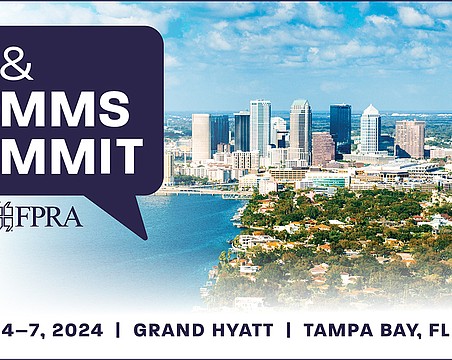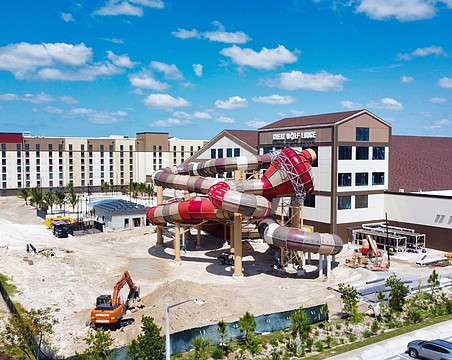Employers added fewer jobs than forecast in December and the unemployment rate dropped to 9.4 percent, a sign a labor-market recovery will take time to develop.
Payrolls increased 103,000, compared with the median forecast of 150,000 in a Bloomberg News survey, Labor Department figures showed today in Washington. Employment the previous two months increased more than previously estimated. The jobless rate fell to the lowest level since May 2009, reflecting gains in jobs and fewer people in the labor force.
Faster job growth is needed to keep consumer spending accelerating and ensure the economic recovery becomes self- sustaining. Payrolls need to grow about double December's pace to make further progress in lowering the jobless rate, one reason why Federal Reserve policy makers have reiterated they will stick to their plan for more monetary stimulus.
“Firms must ratchet up hiring before we can expect consistent trend growth for the economy,” Jeffrey Roach, chief economist at Horizon Investments in Charlotte, North Carolina, said before the report. “Slower job growth will weigh on consumer spending for the next few quarters.”
Stock-index futures fell after the report, with the March contract on the Standard & Poor's 500 Index dropping 0.2 percent to 1,267.8 at 8:33 a.m. in New York. Treasuries were little changed at 3.40 percent from late yesterday.
Construction payrolls declined by the most since May and professional and business services added the fewest number of jobs in five months.
Range of Estimates
Overall payroll estimates of 78 economists ranged from 98,000 to 240,000. The median climbed from 140,000 at the start of the week after projections from ADP Employer Services showed companies boosted employment by 297,000 workers last month.
November employment rose 71,000, more than an initially reported gain of 39,000. Payrolls in November and October combined were 70,000 more than previously estimated.
The unemployment rate was forecast to fall to 9.7 percent, according to the median prediction of 73 economists surveyed. Estimates ranged from 9.5 percent to 9.9 percent.
For all of 2010, the jobless rate averaged 9.6 percent, the highest since 1983 and up from 9.3 percent a year earlier. With today's report, the Labor Department revised figures from its household survey used in calculating the unemployment rate going back five years. Benchmark revisions to the payroll data will be announced in February.
Private payrolls, which exclude government agencies, rose by 113,000 last month after a 79,000 November gain.
Factory Employment
Manufacturing payrolls rose by 10,000 in December. Economists had projected an increase of 5,000.
Employment at service-providers increased 105,000. The number of temporary workers rose 16,000. Construction companies reduced payrolls by 16,000 and retailers added 12,000 workers.
Government payrolls decreased by 10,000. State and local governments reduced employment by 20,000, while the federal government added 10,000 jobs.
States and municipalities with growing budget gaps are cutting spending and reducing headcount. Florida may cut 5 percent of its state workforce to save costs, Governor-elect Rick Scott said in an interview Dec. 3 on Bloomberg Television's “InBusiness With Margaret Brennan.”
Average hourly earnings rose to $22.78 in December from $22.75 in the prior month, today's report showed.
Retailers and automakers are among industries hiring.
Retailer Hiring
Dollar General, the biggest of the U.S. dollar discount stores, plans to add 6,000 jobs as it opens 625 more stores in fiscal 2011. By the end of 2011, the Goodlettsville, Tennessee- based discounter said last month it will have created 15,000 jobs since 2009.
Ford Motor Co., the world's most profitable automaker, is hiring 1,800 workers and spending $600 million to overhaul a factory in Louisville, Kentucky, to build small sport-utility vehicles, Marcey Evans, a Ford spokeswoman, said in an interview last month.
“While it appears that the economic environment has stabilized and is perhaps improving, persistent high unemployment and uncertainty in the economy could continue to pressure consumers and affect their spending,” Steven Temares, chief executive officer at Union, New Jersey-based Bed Bath & Beyond Inc., said on a teleconference with analysts Dec. 22. Still, “we remain cautiously optimistic,” he said.
Consumer Spending
Consumer spending, which accounts for about 70 percent of the economy, has picked up. Holiday purchases rose 5.5 percent, the best performance since 2005, said MasterCard Advisors' SpendingPulse, which measures retail sales by all payment forms. That compared with a 4.1 percent gain a year earlier. The numbers include Internet sales and exclude automobile purchases.
The average work week for all workers held at 34.3 hours.
The so-called underemployment rate -- which includes part- time workers who'd prefer a full-time position and people who want work but have given up looking -- dropped to 16.7 percent.
The report also showed an increase in the number of long- term unemployed Americans. The number of people unemployed for 27 weeks or more increased as a percentage of all jobless, to 44.3 percent.
One reason why hiring has been slow to pick up is the economy's inability to match the recovery's earlier pace of growth. Gross domestic product expanded at a 2.6 percent annual rate in the third quarter, compared to 5 percent in the last three months of 2009.
Fed's Plan
High unemployment explains why Fed policy makers said they need to follow through on their plan to purchase an additional $600 billion in Treasury securities by June.
“The economic recovery is continuing, though at a rate that has been insufficient to bring down unemployment,” officials said in a statement after their Dec. 14 meeting.
The struggling labor market is also a reason why President Barack Obama last month signed an $858 billion bill extending all Bush-era tax cuts for two years. The bill also continues expanded unemployment insurance benefits through 2011 and cuts payrolls taxes by 2 percentage points.
To contact the reporter on this story: Bob Willis in Washington at [email protected]
To contact the editor responsible for this story: Christopher Wellisz at [email protected]





